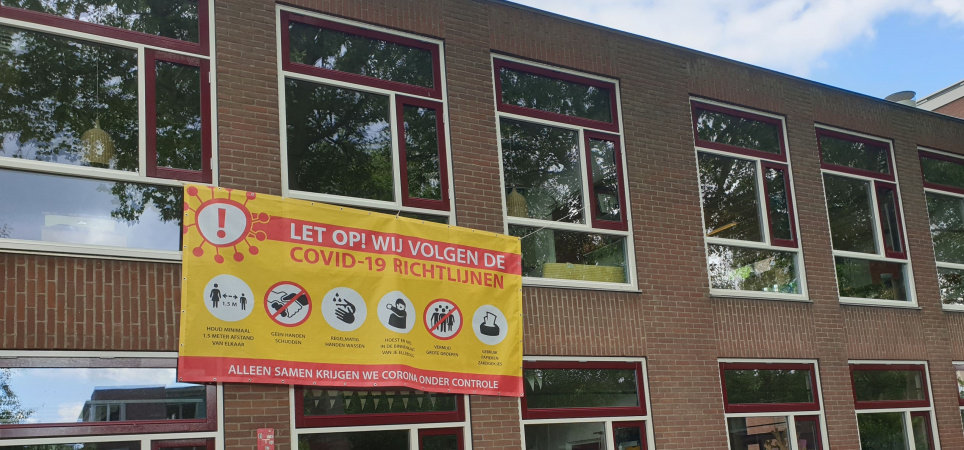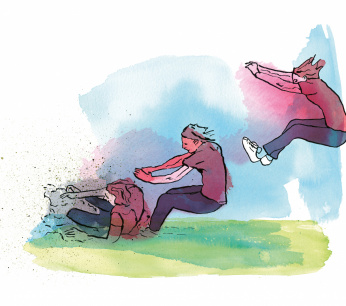Work pressure increases and quality decreases with the reopening of secondary schools
More than half of secondary school teachers experience a higher workload since the schools reopened partially. According to a AObsurvey, 44 percent of them find that the quality of education has decreased compared to the situation with only distance learning in the preceding period.

Statue: Algemene Onderwijsbond
“The combination of distance learning and face-to-face lessons proves to be difficult,” says AObdirector Henrik de Moel. "Certainly under the current conditions." Last week sent the AOb a survey*Download the full analysis with all the results through this link. to members in secondary education. A total of 2787 of them completed the questionnaire, the vast majority (84 percent) working as a teacher. School leaders and colleagues from practical education and VSO also completed the survey.
Dividing attention
Now the secondary schools since June 2 being partially open again on the basis of the one and a half meter rule, many teachers see it as a problem. For example, 55 percent notice that the workload has increased. Especially the way of teaching is the culprit for the higher workload. Teachers who teach while teaching distance experience the highest workload, followed by colleagues who alternate between both forms of education. It turns out to be difficult to distribute attention between students in the classroom and at home. The survey shows that two-thirds of teachers teach both physical and online video lessons.
De Moel: “We already had a teacher shortage in secondary education and the workload was already high. It has now only increased since the partial opening. How we proceed now depends on the course of the virus, that remains to be seen. It is good to see what concerns are currently alive. ”
AObdirector Henrik de Moel: 'We already had a teacher shortage and the workload was already high. It has now only increased since the partial opening'
Education quality
There are also concerns about the quality of education: 44 percent of teachers and school leaders think that the quality is less than when the schools were completely closed and only distance learning was provided. 31 percent think the quality is of the same level and a quarter think that the quality has improved. There are differences between the types of school, for example, staff from practical training is more positive about the quality of education than teachers who teach at VMBO, HAVO or VWO. In the VSO, 40 percent believe that the quality of education has deteriorated.
Teachers generally offer less material. One third of the respondents indicate that now only half of the curriculum is covered, compared to the school closure between March 16 and June 2. Only one in ten respondents can handle more material now that the students return to school.
Only one in ten respondents can handle more material now that the students return to school
Difficult
The open comments show that many teachers do not see the current situation as ideal. One teacher writes: 'Education at school in combination with home is very difficult for me. Distance learning has cost me a lot of effort. Just when you think you've got it going for a while, it's changed for those few weeks. Not nice.'
A majority of those questioned (55 percent) are still behind the cabinet decision partly to provide schools to open. Especially because it ensures that the students are back in the picture, although a third would have preferred that the school doors had remained completely closed.
On the other hand, there are calls for a full school opening after the summer. This is most often mentioned in the open comments.
Physical
In practice, teaching staff sees that students do not adhere to the 62 meter rule among themselves: XNUMX percent say that this does not work well between students.
Since its opening, 87 percent of teaching staff has been physically at school; 13 percent not yet. The vast majority of colleagues from a high-risk group or with family members who belong to this group also attended school.
Next Wednesday, the House of Representatives will debate about basic education and the measures taken with the school openings. The AOb sends the results of the survey and a letter to parliament to politicians in The Hague.
Download the full analysis with the figures from the survey via this link. You can find the Letter to Parliament here.


